The answer to the question, “are all motherboards the same size?” is a resounding NO; not all are the same size. Motherboards can vary drastically in terms of their physical dimensions.
Some are small, whereas others are large. There is no universal motherboard size.
The size of a motherboard is described by its official form factor standard. Different motherboard form factor standards exist, such as ATX and Mini ITX.
The motherboard size can have several ramifications on how you build your PC. For instance, smaller motherboards can fit in compact cases with little expansion capability.
Larger motherboards, on the other hand, require more prominent PC cases and offer a greater degree of expandability.
In the following text, I will talk in detail about the different sizes of motherboards, what they are called, and their purpose.
TABLE OF CONTENTS
What is the Motherboard Form Factor?
The motherboard form factor defines the physical shape and the board’s dimensions.
The form factor of a motherboard is named based on the standard it follows. There are two common standards used: ATX and ITX.
Intel developed ATX in 1995, whereas VIA Technologies developed the ITX form factor in 2001.
These standards are designed to maintain the interchangeability of different computer parts, such as the power supply, the ports, the case it goes into, etc.
The ATX and the ITX share many similarities, such as the main motherboard, the CPU power connectors, and the expansion slot.
However, while ATX is the most common standard used for motherboards, ITX, on the other hand, is used for compact and mobile computers.
There are Three Common Commercial PC Form Factors – One for Workstation
ATX and ITX standards are divided into several factors: Standard ATX, mATX, Mini-ITX, Nano-ITX, Pico-ITX, Mobile-ITX, etc.
However, for commercial PCs, there are three common form factors, i.e., Standard-ATX, mATX, and Mini-ITX. Workstation PCs, on the other hand, often use E-ATX motherboards.
The following table defines how these form factors differ in terms of size and purpose:
| Form Factor | Dimensions | Purpose | Remarks | No. PCIe Slots |
|---|---|---|---|---|
| ATX (aka Full-ATX Standard ATX) | 12 x 9.6 inches 305 x 244 mm | Commercial | – For Gamers and Professional – Fairly common – Best expansion capability for commercial purpose | 2-3 x16 2-3 x1 |
| Micro ATX (aka mATX) | 9.6 x 9.6 inches 244 x 244 mm | Commercial | – Feature affordable motherboards – Moderate expansion capacity | 1-2 x16 1-2 x1 |
| Mini ITX | 6.7 x 6.7 inches 170 x 170 mm | Commercial | – Smallest motherboards or PC – Minimal expansion capacity – Expensive due to their compact design | 1 x16 |
| Extended ATX (aka E-ATX) | 12 x 13 inches 305 x 330 mm | Workstation | – Intended for workstation builds – Expensive and compatible only with specialized workstation CPUs. | 4-7 x16 |
Also Read: Where is the Motherboard Located in a Computer?
Coulme give me a brief about each of these form factors?
ATX – aka Full ATX – aka Standard ATX – Most Common
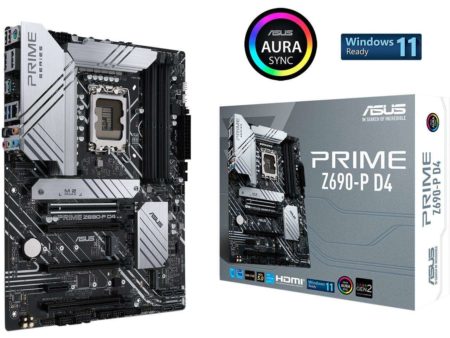
These are the largest and the most common motherboards for commercial PCs.
As such, they have the highest expandability options depending upon the chipset they feature.
They often feature 2-3 PCIe x16 slots, a few PCIe x1 slots, 4-6 SATA slots, support for a higher amount of RAM, multiple M.2 slots, and plenty of fan headers for cooling.
Gamers and professionals often use ATX motherboards on mid- and full-tower PC cases. They also readily support multiple GPUs and NVIDIA SLI in particular.
Regarding the price, the ATX form factor varies drastically, ranging from $99 to $900.
Of course, many factors go into determining the price of a motherboard, and the form factor is one of them.
Read in Detail: How Much is a Motherboard?
Micro ATX – aka mATX – Budget Friendly
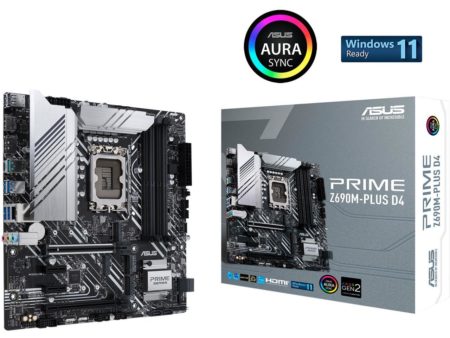
mATX is considered the budget-friendly form factor.
If you plan on building an affordable PC, then mATX is what you should look at.
mATX motherboards, compared to ATX motherboards, offer fewer expansion slots. They can have 2 x PCIe x16 slots and one or two PCIe x1 slots.
They have fewer M.2 slots on average and fewer RAM slots – albeit the mid-range and the high-end mATX motherboards offer as much RAM support as ATX motherboards.
These are great for a Mid Tower, or a Mini Tower builds, as they look very odd in a Full tower case.
Depending upon the chipset and the motherboard configuration, mATX can cost anywhere between $80 and $350.
Mini ITX – For Compact PC Builds
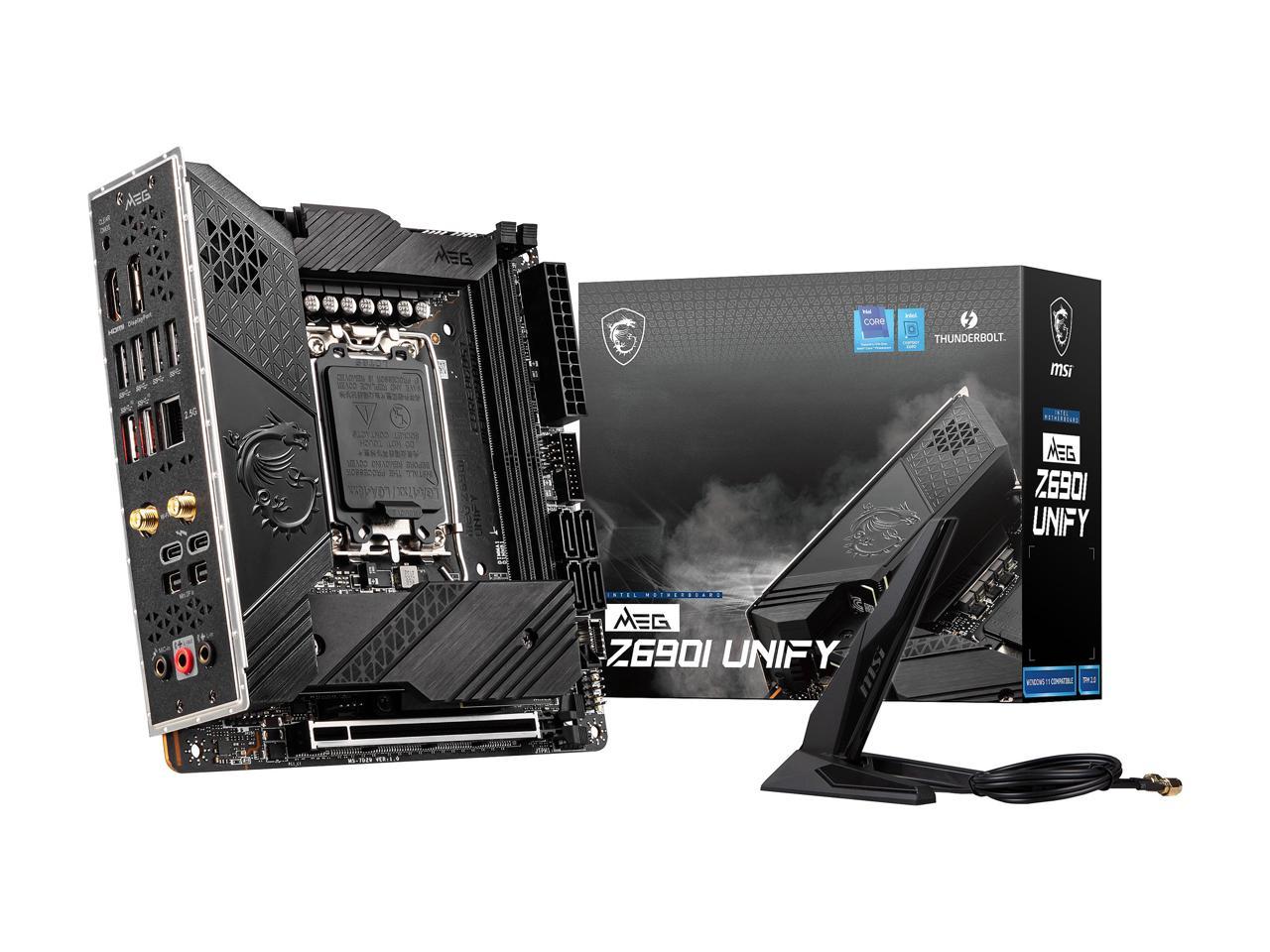
Mini ITX motherboards are the most miniature commercial motherboards you can build a PC with.
There are more minor still form factors such as Nano-ITX and Pico-ITX, but you need to build a conventional PC with them. They are more specialized.
Mini ITX motherboards are great for compact PC builds. These can fit in Small Form Factor (SFF) PC cases, most of which can be carried around easily.
The biggest issue with Mini ITX motherboards is that their expandability could be much better. As far as PCIe slots go, they only feature a single PCIe slot and nothing more. They also often have only two RAM slots and a single M.2 slot.
Since they do not feature any PCIe x1 slot to install a WiFi Card, they often have built-in WiFi.
They are also not the cheapest motherboards. Due to their novel compact design, they are expensive, starting at about $150.
EATX – aka Extended ATX – For Workstation Builds
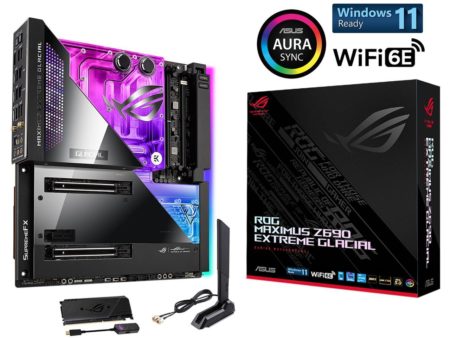
Finally, we have the EATX motherboard.
These are larger than ATX motherboards. However, they are intended for something other than commercial PCs.
EATX motherboards are often used in professional workstations or by the wildest games and enthusiasts.
So Are All Motherboards the Same Size?
It should be clear by now that motherboards are NOT all the same size. They vary drastically in length depending upon their form factor.
If you are unsure about your motherboard’s form factor, then I have written a detailed article on how to figure that out:
Of course, different motherboard sizes require different PC case sizes. For instance, an ATX motherboard cannot fit in an SFF or a Mini Tower PC case.
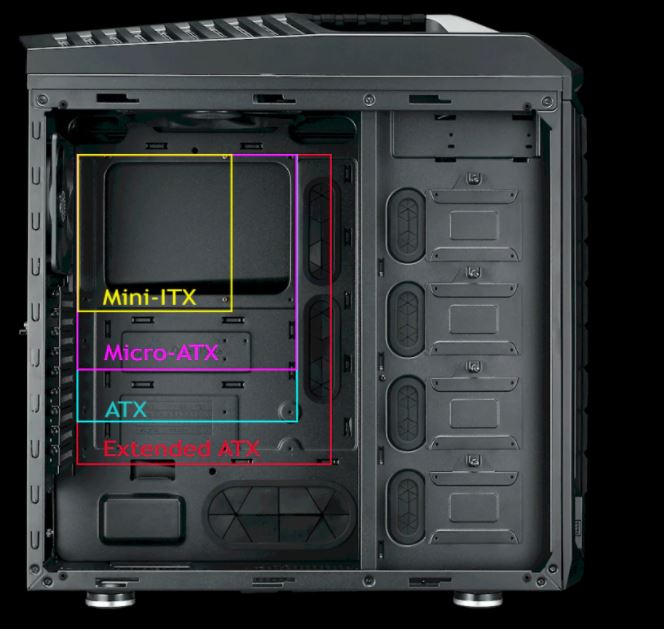
Read in detail: Do All Motherboards Fit in Any Case?
In addition, different motherboard form factors also have screw holes in different positions. You then have to position the standoffs on the motherboard accordingly.
Also Read: What are Motherboard Standoffs?
What is the Best Motherboard Form Factor to Get?
This question is fairly open-ended; it depends on your budget and taste. There is no one-answer-fit-all scenario.
After all, there is a reason why the different form factors exist.
Standard ATX motherboards have the perk of having a high level of expandability. They would look great when fitted into an entire tower case – the size many gamers and enthusiasts prefer.
Micro ATX motherboards are great for budget PC builds. Office or home users should look into micro ATX motherboards. They are also great for a semi-compact build with a Mini-Tower PC case.
Mini-ITX, while expensive, is great for a compact build. When installed into an SFF PC case, they can be carried around. You can build a gaming console of your own with a Mini-ITX.
Finally, we have the EATX. If you are considering getting an EATX motherboard, you are already well-versed in your needs since EATX is intended for something other than an average Joe. EATX motherboards are expensive but are the basis for many high-end workstations or the craziest gaming rigs.
So, the best form factor for you is what fulfills your needs the most and fits your budget.
Final Words
Again, the answer to the question “are all motherboards the same size” is a no. There is no universal motherboard size.
There are, however, only a few motherboard form factors that you need to be aware of for PC building, i.e., ATX, mATX, and Mini-ITX.
FREQUENTLY ASKED QUESTIONS
1. What is the most common motherboard size?
The most common motherboard size is the ATX form factor, which measures 12 x 9.6 inches (305 x 244 mm). This size offers a good balance of features, expansion slots, and price, making it popular among gamers and enthusiasts. Other common sizes include micro-ATX (9.6 x 9.6 inches) and mini-ITX (6.7 x 6.7 inches).
2. Are there any limitations to the number of PCIe slots on smaller motherboards?
Smaller motherboards like micro-ATX and mini-ITX have fewer PCIe slots than larger ATX motherboards, which can limit the number of components that can be added to the system.
For example, a mini-ITX motherboard typically has only one PCIe slot, which can be used for a graphics card or another expansion card.
However, some manufacturers offer mini-ITX motherboards with an additional PCIe slot on the underside of the board, which can be used for a smaller expansion card.
3. Are there any compatibility issues to consider when choosing a motherboard size?
Compatibility issues to consider when choosing a motherboard size include the size of the case, the power supply, and the cooling system.
Smaller cases may not fit larger motherboards, and larger cases may look empty with a smaller motherboard installed.
The power supply should also be compatible with the motherboard’s power requirements.
Additionally, larger motherboards may require larger cooling systems to keep the system cool, which can add to the overall cost of the build.
It’s important to research the compatibility of all components before building a PC.
Also Read: Can You Upgrade a Laptop Motherboard?
